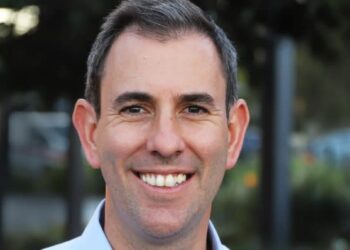Peter Burgess, chief executive officer of the SMSFA, said advisers are seeing a shift from the traditional one-or-two-member, typically Anglo-Celtic fund.
“There’s been a shift from the cultural bias of a nuclear family structure to other ethnic groups that often exhibit two traits that make an SMSF an attractive option: small-business ownership; and strong intergenerational relationships,” Mr Burgess said.
The rule change that allowed SMSFs to have up to six members came into effect on 1 July 2021, following the passage of the Treasury Laws Amendment (Self-Managed Superannuation Funds) Bill 2020.
Mr Burgess said statistics from the ATO highlight a growing trend that SMSFs are becoming more attractive to a younger cohort.
He said the cultural shift in the demographic shows many multicultural groups have built their wealth via a family business, which makes the opportunity to establish an SMSF – in which their business property can be owned – a compelling proposition.
“It allows for the property to be leased back to the next generation – potentially freeing up working capital,” he said.
“The recent legislative changes providing greater flexibility around super contributions for retirees up to 75 has also provided more opportunities for these individuals to consider the use of vendor-finance as a means of transferring these businesses to children – with a larger window available to contribute the sale proceeds into super.
“The four-to-six-member rule change may provide additional benefits for such families.”
However, he also said this may present new challenges for SMSF advisers.
“For a start, there will be different tax implications for those on different levels of personal income, at different ages, and different phases within the system,” he said.
“Then there is the issue of control and communication. For instance, how will decisions be made? Will each member have an individual vote? Or will voting rights be proportional to an individual’s balance in the fund?
“If the latter, is there a mechanism that allows the voting system to change as individuals’ balances change?”
Additionally, the way in which investment decisions are made could cause friction among older and younger members.
“For example, while older generations are typically more inclined to favour assets they better understand, such as cash and property, and more disinclined to equities and managed funds, the younger generation is typically more open-minded,” he said.
“Handling this potential conflict by ensuring all fund members are fully aware of the investment risks and have wholeheartedly signed up to the fund’s investment strategy is critical – underlining the importance of having clear goals and expectations from the outset, as well as agreeing on an investment process that includes how disagreements are resolved.”
As the SMSF sector fast approaches $1 trillion in assets, Mr Burgess said it has become an integral element of the compulsory superannuation system, which the addition of younger people and migrant families can only enhance.
“SMSFs will never be for everyone, but increasingly their appeal is becoming far more diverse,” he concluded.


